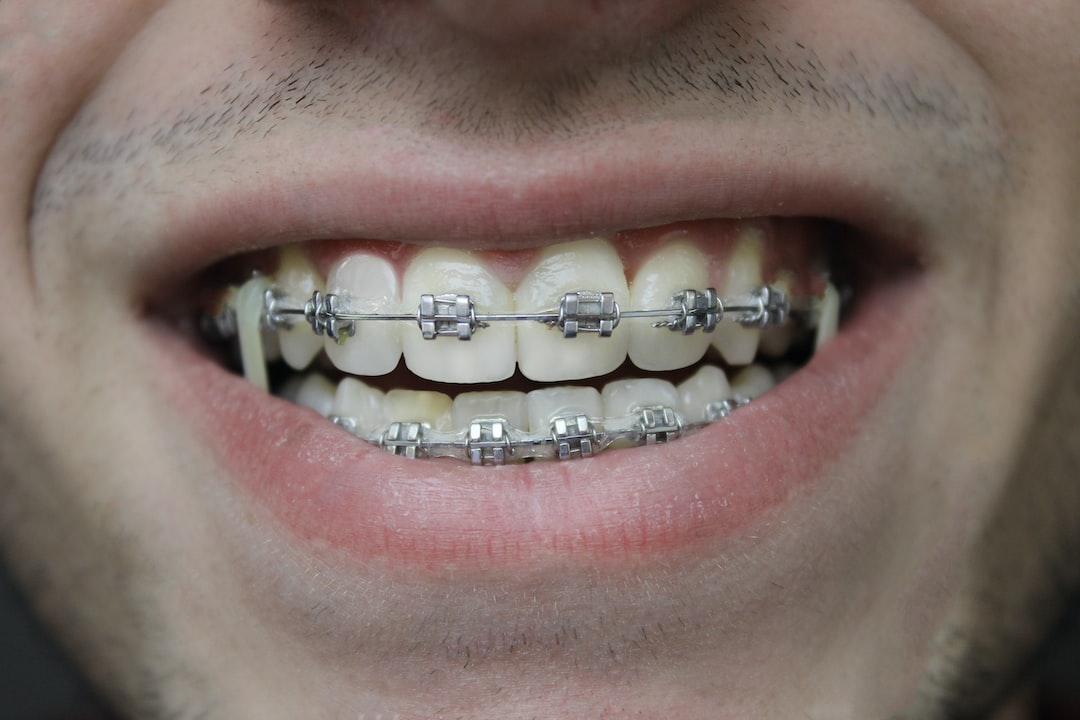Why Cumming Invisalign is the Perfect Choice for a Discreet Orthodontic Service
Why Cumming Invisalign is the Perfect Choice for a Discreet Orthodontic Service
Blog Article
Comprehensive Overview to Orthodontics Treatments for Correcting Dental Imbalances
In the world of orthodontics, the journey to achieving a completely straightened smile involves a myriad of treatments customized to fix dental imbalances. From traditional dental braces to invisible aligners and also surgical alternatives, the area of orthodontics uses a series of remedies to address differing degrees of oral irregularities. Recognizing the intricacies of each treatment, including their devices, advantages, and potential drawbacks, is vital in making educated choices about one's orthodontic treatment. As we navigate with the thorough overview to orthodontic procedures for fixing dental imbalances, the intricate details of each method will unfold, dropping light on the course towards a useful and unified oral placement.
Orthodontic Procedures Introduction

In enhancement to clear aligners and traditional dental braces, orthodontists may additionally suggest other treatments like headwear, palatal expanders, or retainers to deal with specific placement problems (cumming braces). These treatments are customized to every client's unique demands and might entail a combination of treatments to attain the wanted results. Regular modifications and tracking are critical components of orthodontic therapy to guarantee progression is on track and to make any needed alterations along the way. By undergoing orthodontic procedures, individuals can not just attain a straighter grin yet additionally improve their overall oral health and function.
Traditional Braces: How They Function
When taking into consideration orthodontic therapies for dental misalignments, traditional dental braces stand out as a time-tested technique for remedying teeth placing. Conventional braces include braces, wires, and bands that interact to use continual pressure on the teeth, progressively relocating them right into the preferred positioning. The brackets are affixed to the teeth utilizing an unique adhesive, and the wires are threaded with the braces. By readjusting the tension of the cables, orthodontists can regulate the direction and pressure applied to each tooth, guiding them into proper placement over time.
As stress is used to the teeth with the braces, the bone surrounding the teeth is reshaped to support the new tooth positions. Patients will require normal changes at the orthodontist's workplace to ensure the braces proceed to use the proper stress for efficient teeth motion.
Undetectable Aligners: Benefits And Drawbacks
These clear, tailor-made trays are practically unnoticeable when worn, making them an appealing option for people looking for a much more visually pleasing orthodontic treatment. Clients can eliminate the aligners before eating or brushing their teeth, decreasing the risk of food getting stuck in the appliance and you could try this out simplifying the cleansing process.

Surgical Orthodontic Options
Surgical interventions in orthodontics present sensible alternatives for dealing with complicated oral imbalances that might not be properly resolved through standard orthodontic therapies. While standard braces and unnoticeable aligners can correct several orthodontic concerns, particular instances need medical intervention to achieve optimum outcomes. Surgical orthodontic choices are generally recommended for extreme malocclusions, substantial jaw inconsistencies, and cases where the underlying bone framework requires modification to achieve correct placement.
One common medical orthodontic treatment is orthognathic surgical treatment, which includes rearranging the jaws to fix functional concerns such as problem eating or speaking. This surgery is frequently carried out in partnership with an orthodontist who aids align the teeth prior to and after the procedure. Surgical orthodontics may additionally involve procedures to expose affected teeth, remove excess periodontal tissue, or reshape the jawbone to develop a much more unified facial profile.
Prior to thinking about medical orthodontic options, people undergo a thorough assessment to establish the necessity and prospective advantages of such interventions. aligners. While surgical procedure may seem daunting, it can substantially boost both the function and aesthetics of the smile in situations where standard orthodontic therapies fall short
Retainers and Post-Treatment Care

Failure to conform with post-treatment treatment guidelines can result in regression, where the teeth slowly move back towards their original positions. Constant retainer wear, great oral hygiene, and regular oral exams are essential for maintaining the outcomes achieved via orthodontic surgery and ensuring the long-term security of the fixed oral positioning.
Final Thought
In verdict, orthodontic procedures supply different alternatives for remedying dental imbalances. Surgical orthodontic options are offered for extra severe imbalances. On the whole, orthodontic procedures can properly enhance oral health and wellness and aesthetic look.
As we navigate via the extensive guide to orthodontic procedures for fixing oral imbalances, the complex details of each technique will unfold, dropping light on the course toward a harmonious and useful dental positioning. - invisalign
One of the most common orthodontic therapies is the usage of braces, which are composed of steel braces and cables that apply mild stress to progressively change teeth into the desired position.When thinking about orthodontic therapies for oral imbalances, typical dental braces stand out as a reliable approach for correcting teeth positioning. Additionally, unnoticeable aligners may not be appropriate for complicated orthodontic concerns that call for even more substantial teeth movement, as they are typically suggested for moderate to modest instances. Retainers are personalized orthodontic devices developed to hold teeth in their fixed positions after the completion of orthodontic therapy.
Report this page